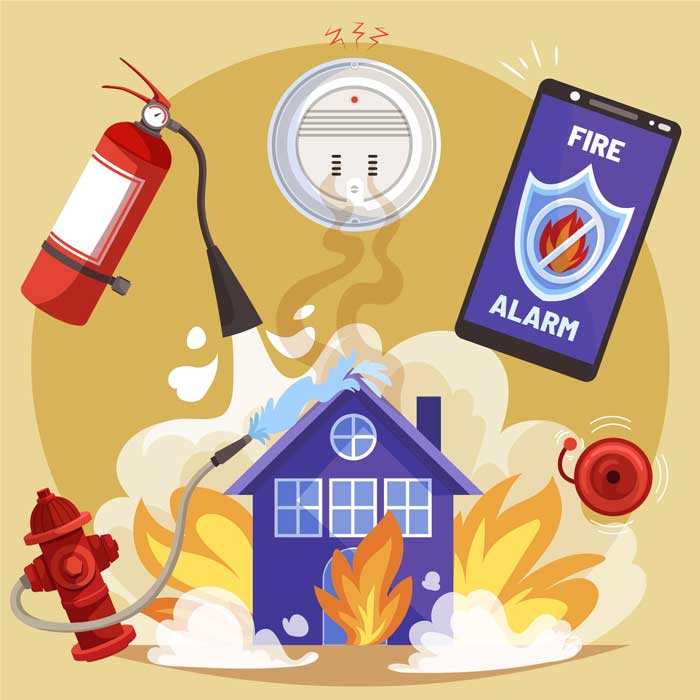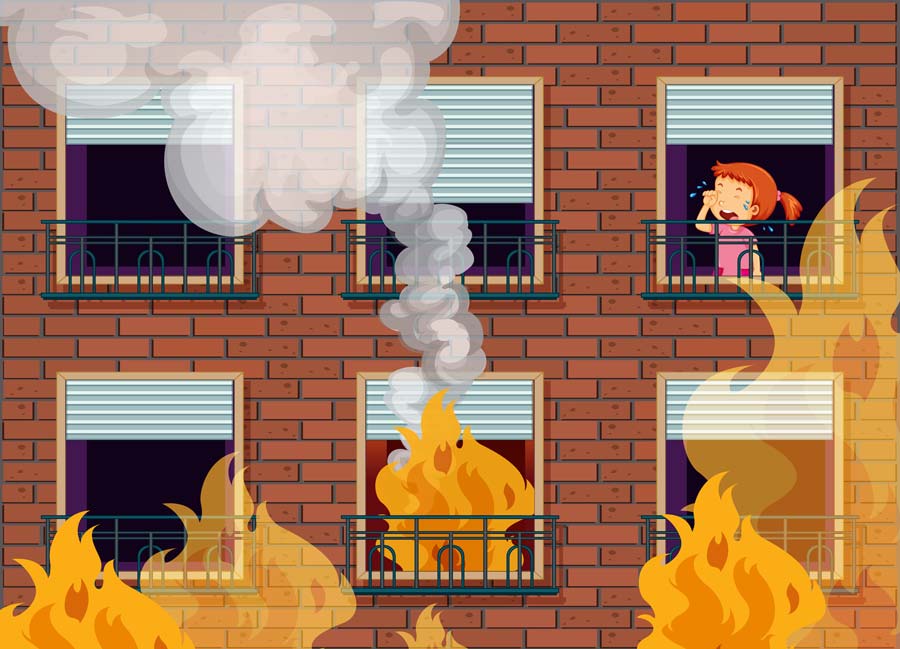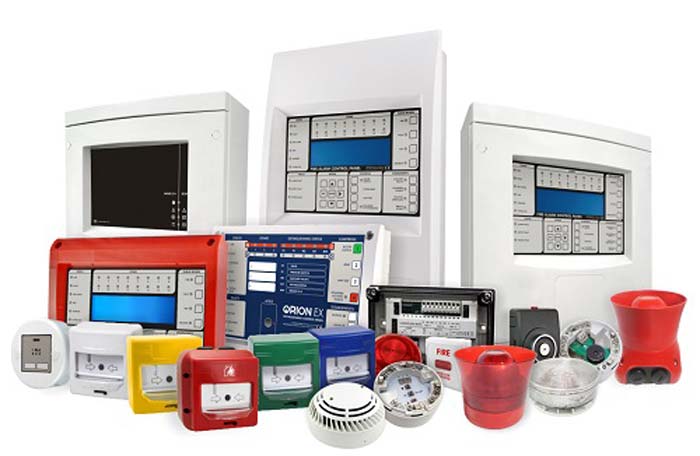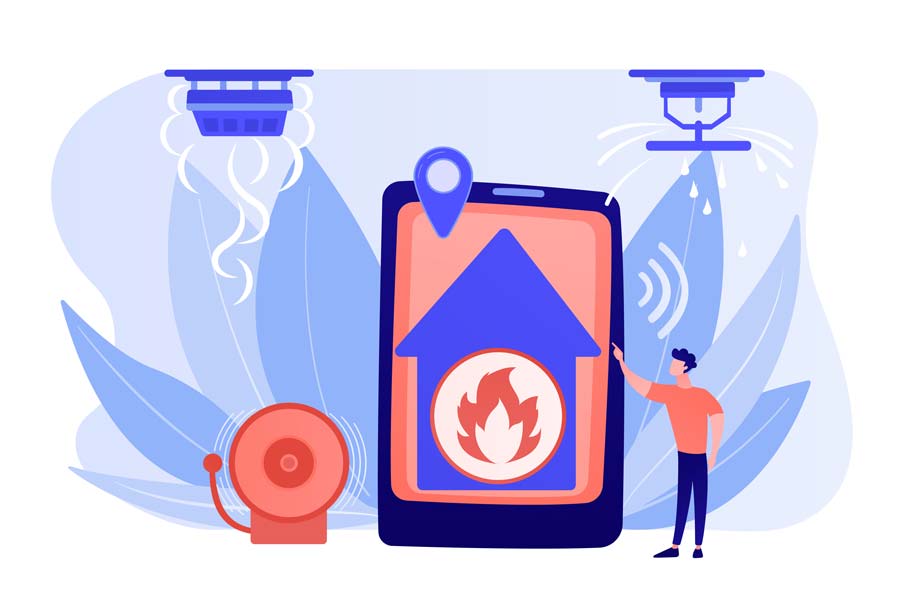
Integrating fire alarm systems with HVAC is not just an enhancement; it's a necessity.
Every year, fires in buildings not equipped with integrated systems result in significant property damage and, tragically, loss of life.
The urgency to adopt this integration stems from its proven potential to drastically improve evacuation times and reduce the hazards associated with smoke inhalation – the leading cause of fire-related fatalities.
Statistics from fire safety reports highlight a grim reality: smoke spread is a major contributor to both casualties and property loss during fire incidents.
Integrating fire alarm systems with HVAC can significantly mitigate this issue by immediately controlling airflow, reducing smoke propagation, and thereby increasing the chances of safe evacuation.

The National Fire Protection Association (NFPA) reports that fires in buildings with absent or malfunctioning alarm systems result in nearly double the casualties compared to those with adequate alarm systems.
Moreover, the U.S. Fire Administration highlights that HVAC system failures account for an estimated $82 million in property losses annually, underscoring a critical oversight in fire safety protocols.
Upon detecting smoke or fire, the integrated system takes immediate action:
Begin with a thorough assessment of your existing systems. This might require professional consultation to understand the specific requirements for integration based on the layout and specifications of your building.

Integration requires compatible systems. Key components include
Professional installation is strongly recommended because of these systems' complexity and critical nature.
This ensures compliance with fire safety regulations and maximizes system efficiency and reliability.
Costs can vary widely depending on the scale of the integration and the existing infrastructure.
On average, small to medium-sized buildings might see costs ranging from a few thousand to tens of thousands of dollars, emphasizing the investment in safety and compliance.
Post-installation: regular maintenance is crucial to ensure the system's functionality in an emergency.
This includes routine checks of fire alarm triggers, HVAC shutdown protocols, and the integrity of fire dampers and smoke control systems.
The decision to integrate your fire alarm system with your HVAC isn't just about complying with building codes or adopting cutting-edge technology; it's about safeguarding lives and assets.
The initial investment pales compared to the costs of fire incidents in non-integrated buildings.

Integrating fire alarm systems with HVAC is essential to modernizing building safety protocols.
Building owners can significantly enhance emergency responsiveness by following a structured integration approach, potentially saving lives and minimizing damage during fire incidents.
The message is clear: the time to act is now. Prioritize the integration for a safer tomorrow.
Embrace the urgency, understand the process, and take the necessary steps toward integrating your fire alarm and HVAC systems.
It's not just an upgrade; it's a critical enhancement for safety in our built environment.